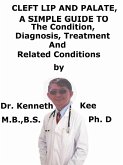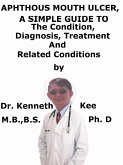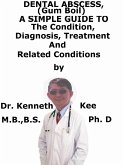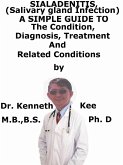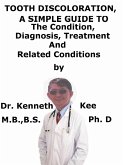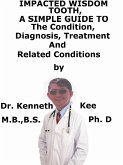Drooling can be produced by excess secretion of saliva, inability to retain saliva within the mouth (incontinence of saliva), or disorders with swallowing (dysphagia or odynophagia).
Drooling is when saliva does not intentionally flow outside of the mouth.
It can be produced by too much saliva production or weak muscles around the mouth
Drooling is normally caused by:
1. Disorders keeping saliva in the mouth
Occasional drooling in healthy infants and toddlers is normal and may be related with teething.
Drooling in infants and young children may be aggravated by upper respiratory infections and nasal allergies.
Children can normally control drooling by 4 years of age.
Excessive drooling can be uncomfortable for parents and for the child at older ages.
2. Disorders with swallowing
Drooling may also be produced by nervous system disorders that make it difficult to swallow:
It may be related with poor mouth and tongue control.
a. Amyotrophic lateral sclerosis, or ALS
b. Autism
c. Cerebral palsy (CP)
d. Down syndrome
e. Multiple sclerosis
f. Parkinson disease
g. Stroke
3. Too much saliva secretion
Drooling may occur sometimes if the body makes too much saliva.
Infections can cause this.
Other causes are:
a. Allergies
b. Heartburn or GERD (reflux)
c. Poisoning (especially by pesticides)
d. Pregnancy (may be due to pregnancy side effects, such as nausea or reflux)
e. Reaction to snake or insect venom
f. Swollen adenoids
g. Use of certain medicines
Some people with drooling disorders are at higher risk of breathing saliva, food, or fluids into the lungs.
This may produce harm if there is a disorder with the body's normal reflexes (such as gagging and coughing).
Excessive drooling is frequent in children with cerebral palsy.
Excessive drooling is abnormal in the older, healthy child.
People with drooling disorders have a higher danger of breathing in saliva, food, or fluids into the lungs, particularly if drooling is due to a neurological problem.
If the body's normal reflex mechanisms (such as gagging and coughing) are not damaged, this is not life-threatening.
Excessive drooling is shown by saliva slipping out the side of the child's mouth.
It may dribble down his chin.
Excessive drooling can damage clothes.
It may spoil school books and drawings.
The child's chin may also get irritated by the saliva.
This is more common in cold weather.
A speech therapist can determine if the drooling raises the risk of breathing in food or fluids into the lungs.
This is called aspiration.
Treatment
The usage of ice popsicles or other cold objects (e.g., frozen bagels) may be useful to treat young children who are drooling while they are teething.
Take care to avoid choking when a child uses any of these objects.
For those with chronic drooling:
1. Caregivers may try reminding the person to keep lips closed and chin up.
2. Limit sugary foods, because they may increase the amount of saliva.
3. Watch for skin breakdown around the lips and on the chin.
A comprehensive treatment plan depends from the cause and incorporates several stages of care:
1. Correction of reversible causes,
2. Behavior modification,
3. Medical treatment, and
4. Surgical procedures
Atropine sulfate tablets are used in some situations to decrease salivation.
The medicine may be prescribed by doctors in conjunction with behavior modification strategies.
If the patient has severe drooling, the doctor may advise:
1. Botox shots
2. Radiation to the salivary glands
3. Surgery to remove the salivary glands
TABLE OF CONTENT
Introduct...
Dieser Download kann aus rechtlichen Gründen nur mit Rechnungsadresse in A, B, CY, CZ, D, DK, EW, E, FIN, F, GR, H, IRL, I, LT, L, LR, M, NL, PL, P, R, S, SLO, SK ausgeliefert werden.



